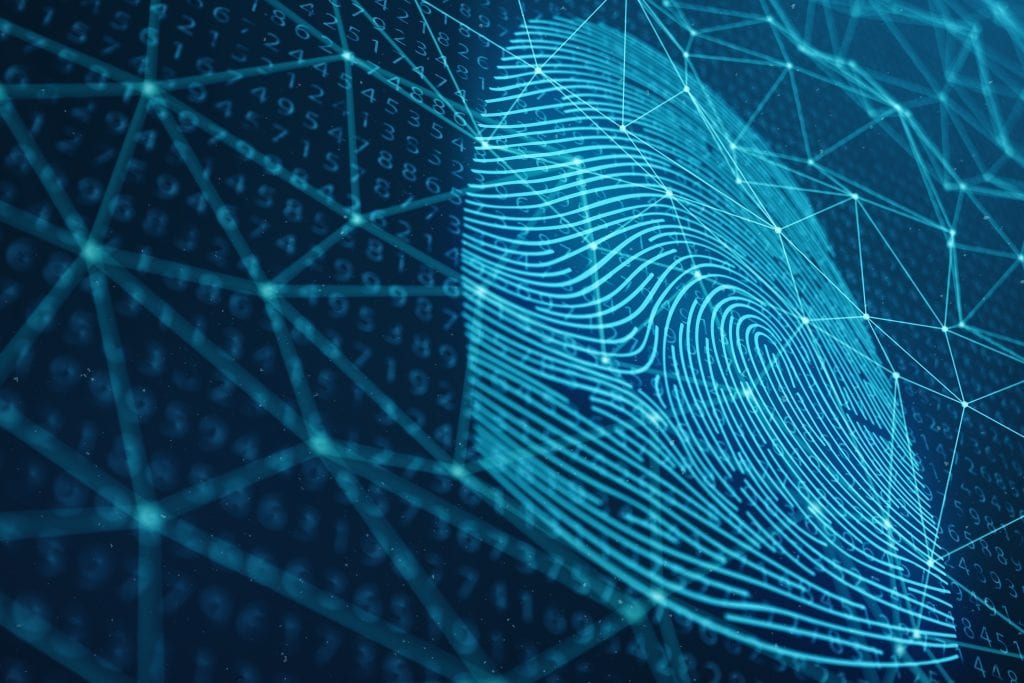
Can Banks Acquire Customers With Biometric Payment Cards?
Emerging technologies will take center stage this year, making a significant impact on consumer experiences. With artificial intelligence (AI) handling complex tasks such as human-like customer interactions and digital IDs replacing traditional forms of identification for enhanced convenience and security, we’re witnessing the beginning of how these innovations will transform consumer lives.
In a recent report, 2024 Trends & Predictions: Emerging Payments Technology, Christopher Miller, Lead Analyst for Emerging Payments at Javelin Strategy & Research, delves into how generative AI will transform back-office and customer service operations and how digital IDs could see a widespread uptake.
Reimagining Back-Office Processes Via Generative AI
Generative AI has drummed up plenty of interest over the past year or so for its potential to revolutionize business operations, customize customer service, and gain valuable market research insights.
Some use cases where the technology can be deployed to support customer service operations include having real-time knowledge base updates. AI can automatically keep a growing knowledge base with new data, providing customer service representatives with the most up-to-date information to relay to customers’ queries.
Generative AI can also be used for transaction monitoring, which tackles two objectives: detecting and enhancing fraud recognition and improving marketing opportunities.
The technology can be used for anomaly detection to analyze transactions in real time and detect any suspicious patterns that veer from typical user behavior. It excels in creating personalized marketing materials such as emails, ads, and product descriptions tailored to individual customer behavior and preferences.
However, it’s essential to note that generative AI isn’t a plug-and-play solution by which businesses immediately see results. It requires a well-thought-out plan and access to relevant data before execution.
“You can’t just say, ‘I’ve got a generative AI algorithm, and great, we’ll see a 20% improvement!’” Miller said. “It’s not like that. You can apply a particular technology, but how successful will it be in changing your results? It needs to reduce false positives or increase the likelihood that you [the customer] are interested in the offer that I put in front of you, and this really depends on the type of information that you have about folks.”
As powerful as generative AI is, it’s not foolproof. Large language models have been known to invent so-called facts and therefore require human oversight. Given this reality, businesses may need to look for other tech solutions to address the issues they wish to solve.
Current State of Digital ID Adoption
Digital IDs, or an electronic representation of a U.S. citizen’s identity that can be stored and presented digitally, are still evolving. One of the biggest hurdles to nationwide adoption of digital IDs is a lack of standardization. Currently, each state is developing its own digital ID system, which will only further issues of fragmentation.
The United States doesn’t have the necessary infrastructure to support the nationwide adoption of digital IDs. Creating one would require a significant amount of investment as well as careful planning.
There’s also the issue of security. As digital solutions become more commonplace, the protection of an individual’s sensitive information is paramount. To ensure the safekeeping of such information, security measures must be taken.
“This is an implementation and partnership and execution challenge that essentially relies on the bandwidth of each issuing government agency and the engineering and partnership teams of the digital wallet companies in question,” Miller said. “Those are the constraining factors.”
Another impediment to adoption is that few people are aware of this option. Many haven’t heard about this capability, much less know of its benefits. Once public awareness grows, the tide could shift toward mass adoption.
“The more that this is visible, the more that people hear stories from their friends about how they did something, our thesis is that’s when we really would start to see the ball start to roll downhill and reach a tipping point,” Miller said.
As 2024 advances, it will be interesting to see how these two emerging technologies—generative AI and digital IDs—will affect the lives of consumers and organizations. Being aware of the challenges and benefits will inform how organizations implement these technologies.




